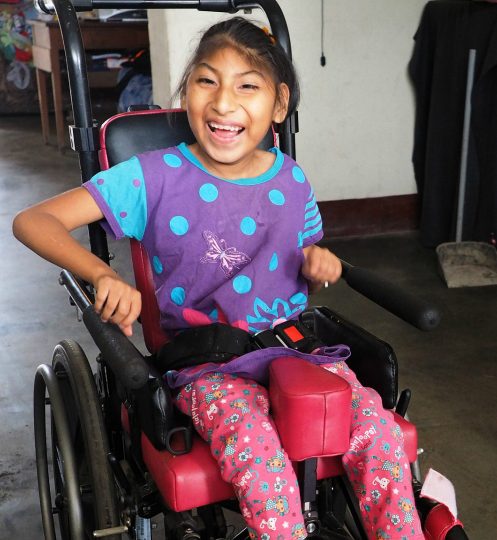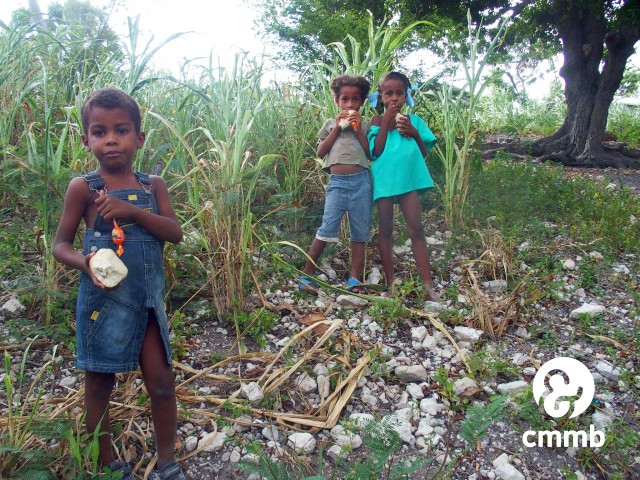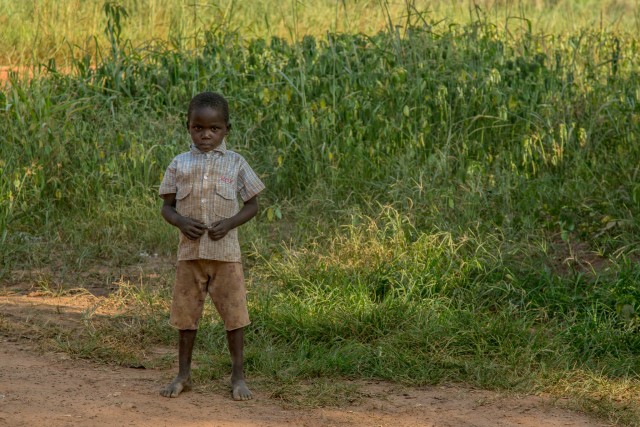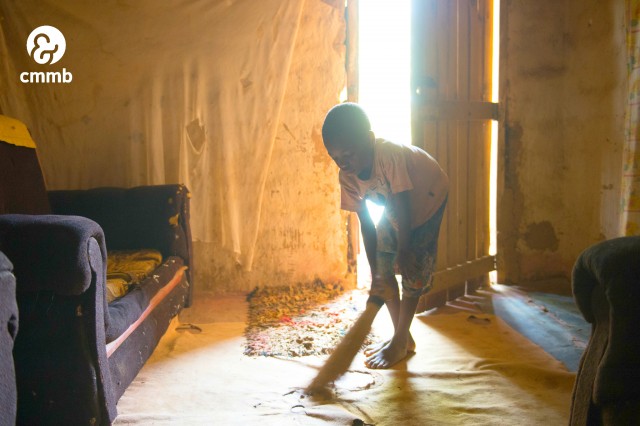7 Strategies for Ending Violence Against Children

On July 12th, the World Health Organization (WHO) and partners, including the CDC and End Violence Against Children, made an urgent call to action to end violence against children. Highlighting the current situation, they referred to the situation as a “disease.“

It is estimated that up to one billion children worldwide were victims of physical, psychological and sexual violence last year. One in four children suffered physical abuse, while one in five girls were reported sexually abused at least once in their life. The numbers get even more grim when we look at adolescent girls ages 15 to 19. One in three girls in this age range, about 84 million, have been victims of emotional, physical, and/or sexual violence with the perpetrator usually being a husband or partner. The long term implications of this violence include greater risk of mental illness and anxiety disorders, infectious diseases like HIV, and social problems such as crime and drug abuse.

They launched an evidence-based resource document, Inspire, that highlights seven interlinked strategies targeted at reducing violence against children. They are:
- Implementation and enforcement of laws: such as those limiting access by young people to firearms and other weapons (South Africa) and those criminalizing the violent punishment of children by parents (many European countries).
- Norms and values: by changing beliefs and behaviors around gender roles (India, South Africa, Uganda and the United States).
- Safe environments: by targeting violent “hotspots” and enhancing the built environment, for example, by improving housing (Colombia, United Kingdom, and the United States).
- Parent and caregiver support: such as the provision of training in parenting (Kenya, Liberia, Myanmar, South Africa, Thailand, and the United States).
- Income and economic strengthening: including micro-finance combined with training around gender norms (Afghanistan, Cote d’Ivoire, South Africa, Uganda, and the United States).
- Response and support services: such as treatment programs for juvenile offenders (many European countries and the United States).
- Education and life skills: for example, establishing a safe school environment and improving children’s life and social skills (China, Croatia, South Africa, Uganda, and the United States).

Those involved in preparing the package highlight the Convention on the Rights of the Child and state that: “We have an opportunity and responsibility to prevent violence, protect children and have a positive impact on a broad range of health, social and economic challenges…this package presents evidence-based ways to do it.” (INSPIRE, 2016)
CMMB is dedicated to protecting the lives of vulnerable children in some of the most remote and disadvantaged parts of the world. Together we can help prevent violence against children.